| | 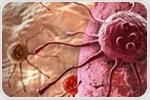 CAR T cell therapy is one of the most promising new cancer treatments to emerge in recent years. It involves removing a patient's own immune T cells and engineering them to recognize specific targets on the surface of the cancer cell. CAR T cell therapy is one of the most promising new cancer treatments to emerge in recent years. It involves removing a patient's own immune T cells and engineering them to recognize specific targets on the surface of the cancer cell. | |
|
| | 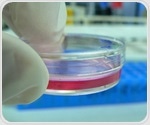 A global team of scientists has made a groundbreaking discovery of a new skeletal tissue known as "lipocartilage," offering immense potential for regenerative medicine and tissue engineering. A global team of scientists has made a groundbreaking discovery of a new skeletal tissue known as "lipocartilage," offering immense potential for regenerative medicine and tissue engineering. | |
|
| |  A research group led by Kazunobu Sawamoto, a professor at Nagoya City University and National Institute for Physiological Sciences, and Koya Kawase, a pediatric doctor at Nagoya City University Hospital, has elucidated the significance of birth in the maintenance of neural stem cells (NSCs). A research group led by Kazunobu Sawamoto, a professor at Nagoya City University and National Institute for Physiological Sciences, and Koya Kawase, a pediatric doctor at Nagoya City University Hospital, has elucidated the significance of birth in the maintenance of neural stem cells (NSCs). | |
|
| |  Within a large group of more than 700 patients treated with CAR T cell therapy, researchers found no evidence that the therapy itself caused any type of secondary cancer in the modified T cells, according to new analysis reported today in Nature Medicine from the Perelman School of Medicine at the University of Pennsylvania and Penn Medicine's Abramson Cancer Center. Within a large group of more than 700 patients treated with CAR T cell therapy, researchers found no evidence that the therapy itself caused any type of secondary cancer in the modified T cells, according to new analysis reported today in Nature Medicine from the Perelman School of Medicine at the University of Pennsylvania and Penn Medicine's Abramson Cancer Center. | |
|
| |  For the last 10 years, the only effective treatment for hypophosphatasia (HPP) has been an enzyme replacement therapy that must be delivered by injection three-to-six times each week. For the last 10 years, the only effective treatment for hypophosphatasia (HPP) has been an enzyme replacement therapy that must be delivered by injection three-to-six times each week. | |
|
| | 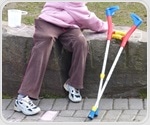 Dravet syndrome and other developmental epileptic encephalopathies are rare but devastating conditions that cause a host of symptoms in children, including seizures, intellectual disability, and even sudden death. Dravet syndrome and other developmental epileptic encephalopathies are rare but devastating conditions that cause a host of symptoms in children, including seizures, intellectual disability, and even sudden death. | |
|
| | 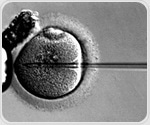 Announcing a new article publication for BIO Integration journal. Neurologic disorders currently affect approximately 100 million people worldwide. Announcing a new article publication for BIO Integration journal. Neurologic disorders currently affect approximately 100 million people worldwide. | |
|
| | 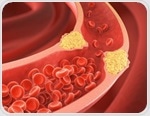 Researchers developed an epigenetic editing approach to silence the PCSK9 gene, achieving long-term cholesterol reduction without altering DNA, offering a potential one-time treatment for high cholesterol. Researchers developed an epigenetic editing approach to silence the PCSK9 gene, achieving long-term cholesterol reduction without altering DNA, offering a potential one-time treatment for high cholesterol. | |
|
| | 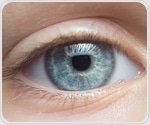 Older women could be vulnerable to harmful inflammation from new gene therapies to treat incurable eye diseases, new research has found. Older women could be vulnerable to harmful inflammation from new gene therapies to treat incurable eye diseases, new research has found. | |
|
| | 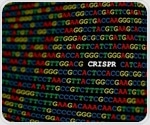 Gene editing techniques may eventually allow trisomy to be treated at the cellular level, according to an in vitro proof-of-concept study. Gene editing techniques may eventually allow trisomy to be treated at the cellular level, according to an in vitro proof-of-concept study. | |
|
| |  AAV-Navβ1 gene therapy effectively reduces seizures and prolongs life in a mouse model of SCN1B-linked Dravet syndrome, paving the way for future treatments. AAV-Navβ1 gene therapy effectively reduces seizures and prolongs life in a mouse model of SCN1B-linked Dravet syndrome, paving the way for future treatments. | |
|
| | 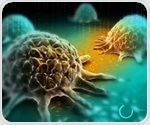 Nearly 60,000 people are diagnosed with oral cancer in the U.S. every year, according to the American Cancer Society, and the rate of new cases continues to rise. Nearly 60,000 people are diagnosed with oral cancer in the U.S. every year, according to the American Cancer Society, and the rate of new cases continues to rise. | |